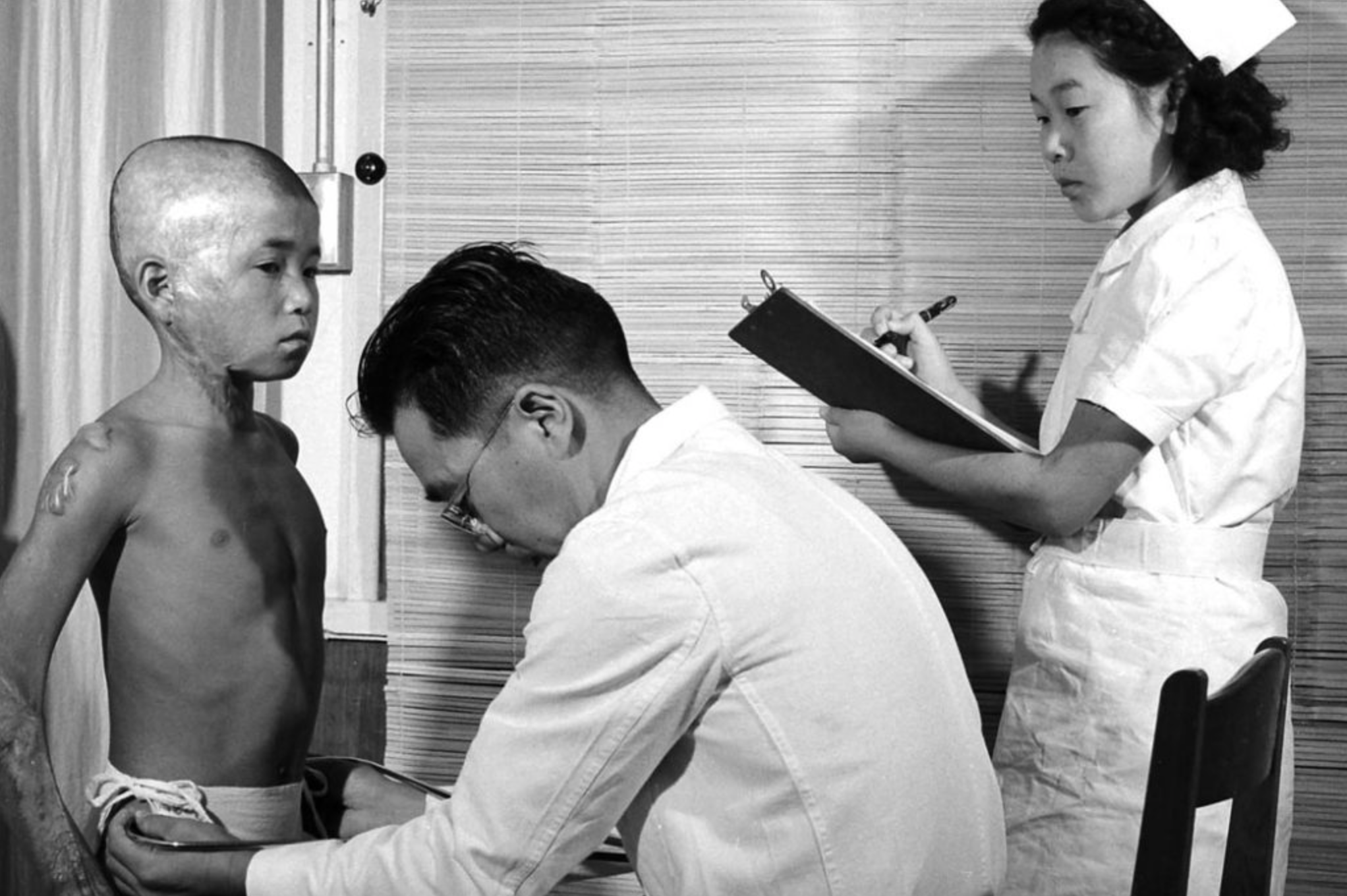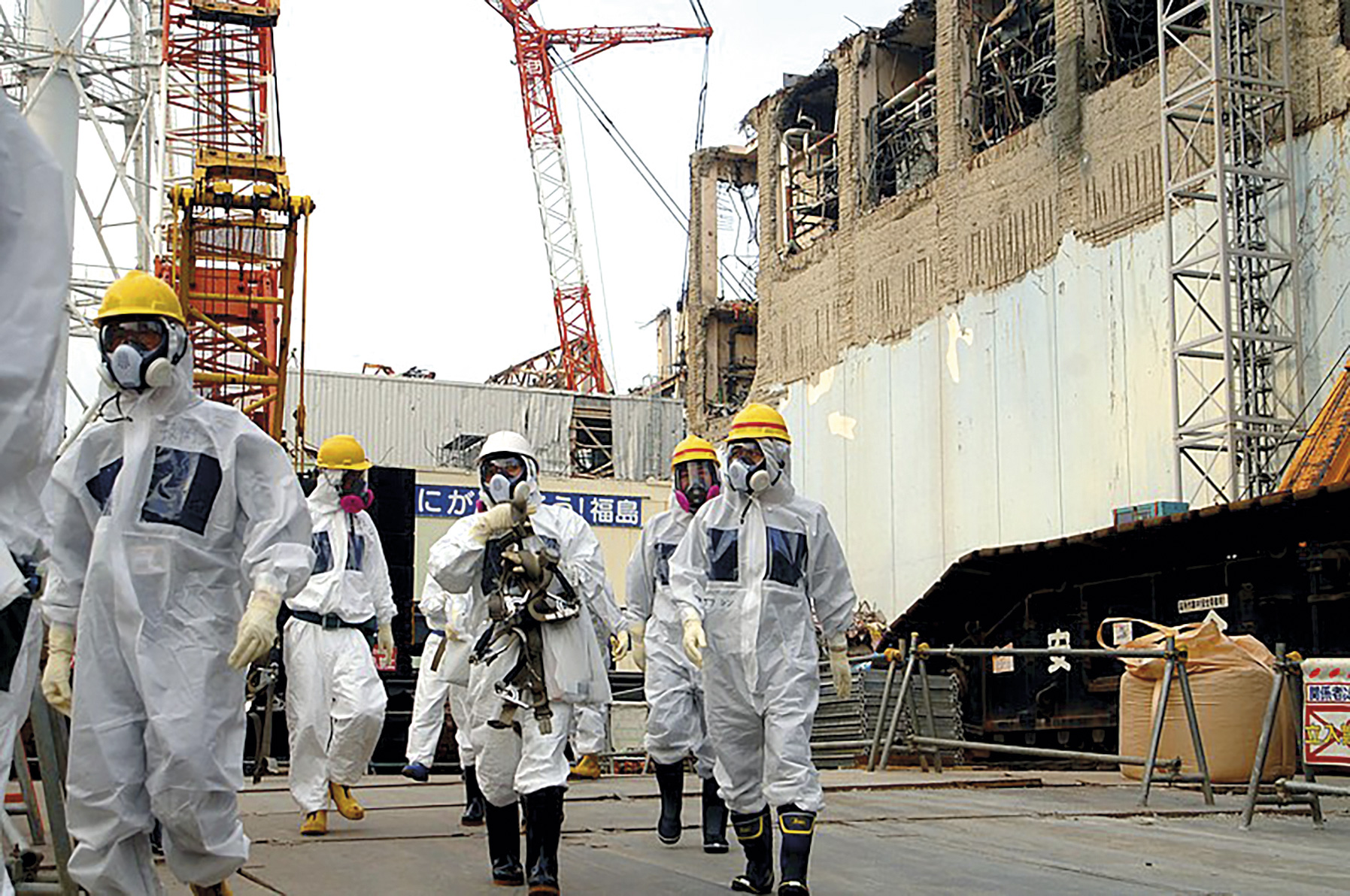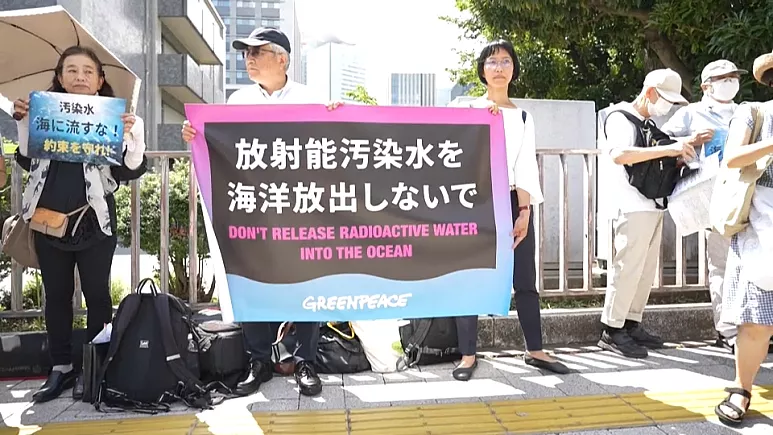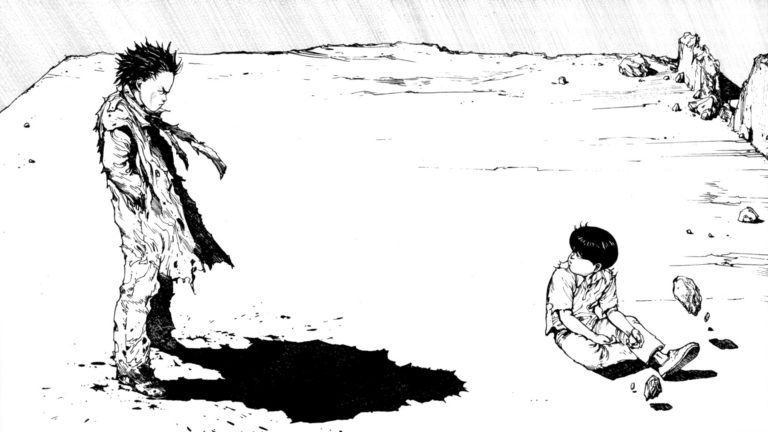When Economic Fluctuations Come to the Banquet: The Rice Crisis
- If U.S. tariffs weren’t heady enough, a rather naive piece of news from last week has sent waves of tremors to the food tables of a large part of the world: The Japanese government has ordered the marketing of 210 thousand tons of strategic rice stocks to counter the country’s disproportionate rise in the prices of the country’s main groceries.
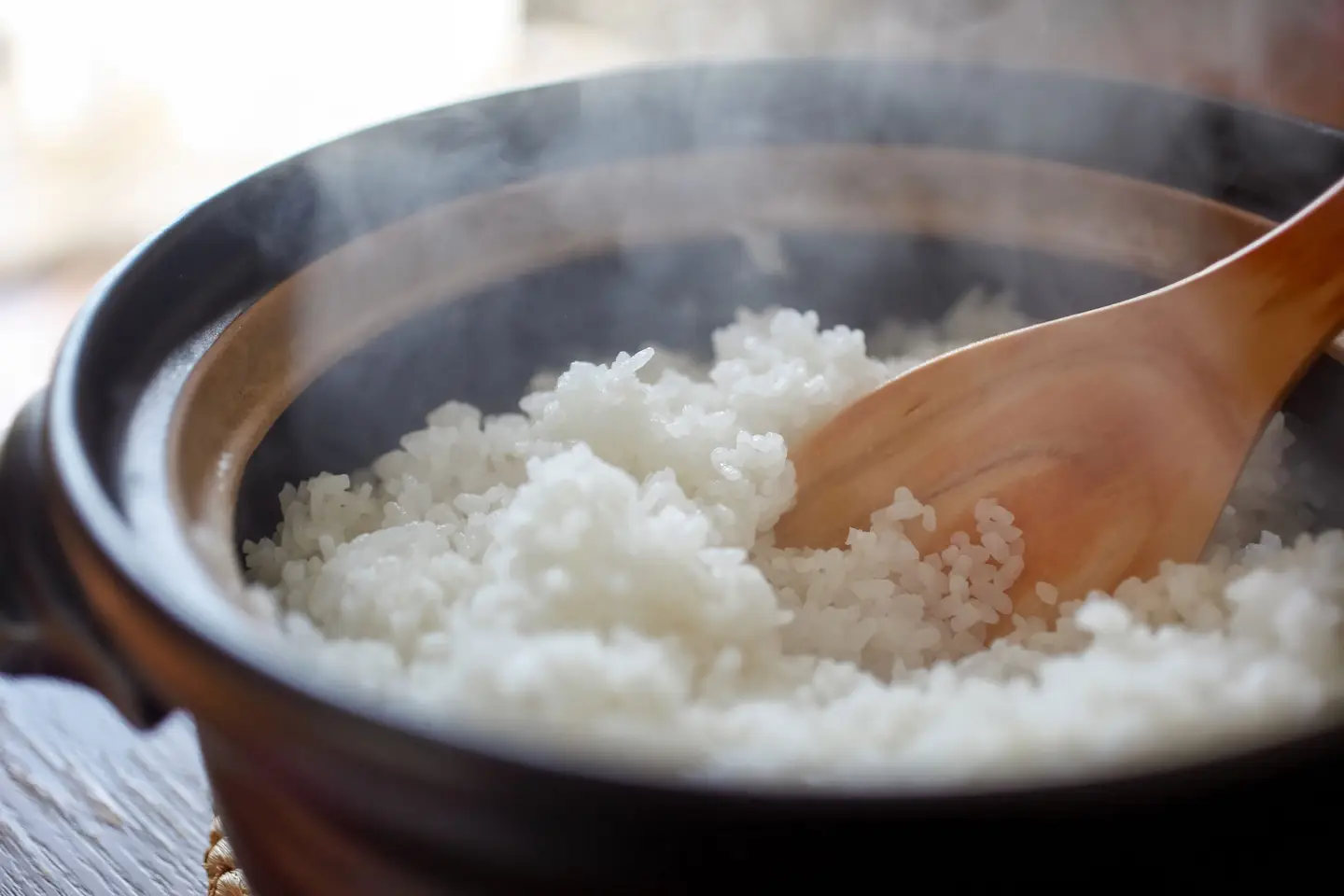
In fact, there would be no shortage of rice in Japan at this time: after the mediocre 2023 harvest that had to be repaired through imports, the 2024 harvest has been decent (180 thousand tons more than the previous year). But... through speculative clearing operations, it is estimated that the market has reached 210 thousand tons less than in the previous year. And those would be the ones the government has released from its storehouses. Because, in the past, even in the shops, people were doing too much hoarding, with prices skyrocketing.
It will be the “usual” mischief of the market, but rice is a market that has been hanging on some fragile threads for a long time (maybe forever). The weather is usually the most fragile of these threads. Monsoons, droughts and the rest, here this year and there next year, can spoil the crops of large production regions. And it goes without saying that the impact of extraordinary atmospheric incidents is becoming more and more perverse.
One of the direct consequences of these – and of the fluctuations in world markets – is usually the prohibition or narrow limitation of the sale of rice in foreign markets, due to the need to prioritize the food of the locals. Someone will call it protectionism. One of the most transparent examples of this would be the export ban imposed by India after the outbreak of the war in Ukraine.
Another consequence is the need to accumulate strategic stocks like the one that Japan has now benefited from. Because it’s not surprising to find even the big producers in need, when there are many eaters. By the time it is forced by harvest, import or, in this case, speculation, all the countries of South-East Asia have the highest, highest or lowest reserves.
The countries of East and South Asia make up the top ten of rice producers. But those who are for a long time the biggest producers among them, China and India, do not produce much more than their gigantic domestic consumption demands: About 150 kilos per inhabitant per year. Cambodia, Thailand, Vietnam, Myanmar, Bangladesh or Indonesia are proportionally the largest exporters.
Of all of them, more than half of humanity is being torn apart. And rice is the basis of nutrition. It's not a game.
Japonia, XV. mendea. Espioitzan eta hilketa ezkutuetan espezializatutako eliteko talde militarra sortu zen. Edo horixe uste du behintzat Stephen Turnbull historialari britainiarrak. Beste aditu batzuen ustez, askoz lehenago sortu ziren ninjak, duela 2.300-2.500 urte inguru. Eta... [+]
Japan, 8th century. In the middle of the Nara Era they began to use the term furoshiki, but until the Edo Era (XVII-XIX. the 20th century) did not spread. Furoshiki is the art of collecting objects in ovens, but its etymology makes its origin clear: furo means bath and shiki... [+]
Japan, 6 and 9 August 1945, the United States launched an atomic bomb causing tens of thousands of deaths in Hiroshima and Nagasaki; although there are no precise figures, the most cautious estimates indicate that at least 210,000 people died at the end of that year. But in... [+]
A few weeks ago Sony launched the video game Rise of the Remaknin, in which experts highlighted the historical position of the game. The game is located in Japan in the middle of the 19th century, near Yokohama, Edo and Kyoto.
Or it was the last years of the era, the bloody... [+]
On the occasion of the Hiroshima G7, the temptation to say again what Marx has made us repeat too many times, putting us in the mouth of Hegel, is not a fool: “Hegel says that all the great events and characters in universal history appear twice, but he forgot to say: once as... [+]











